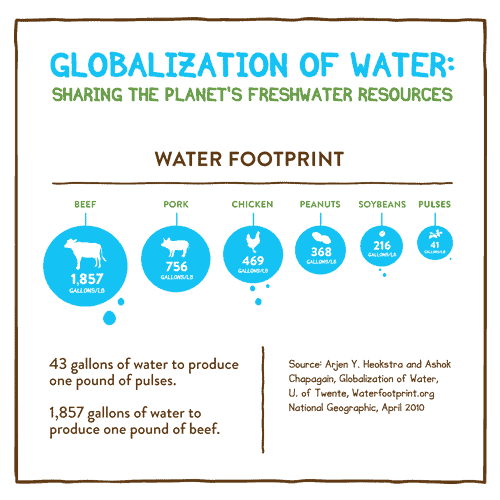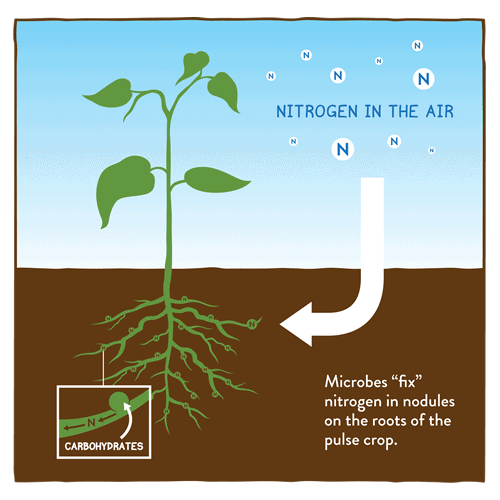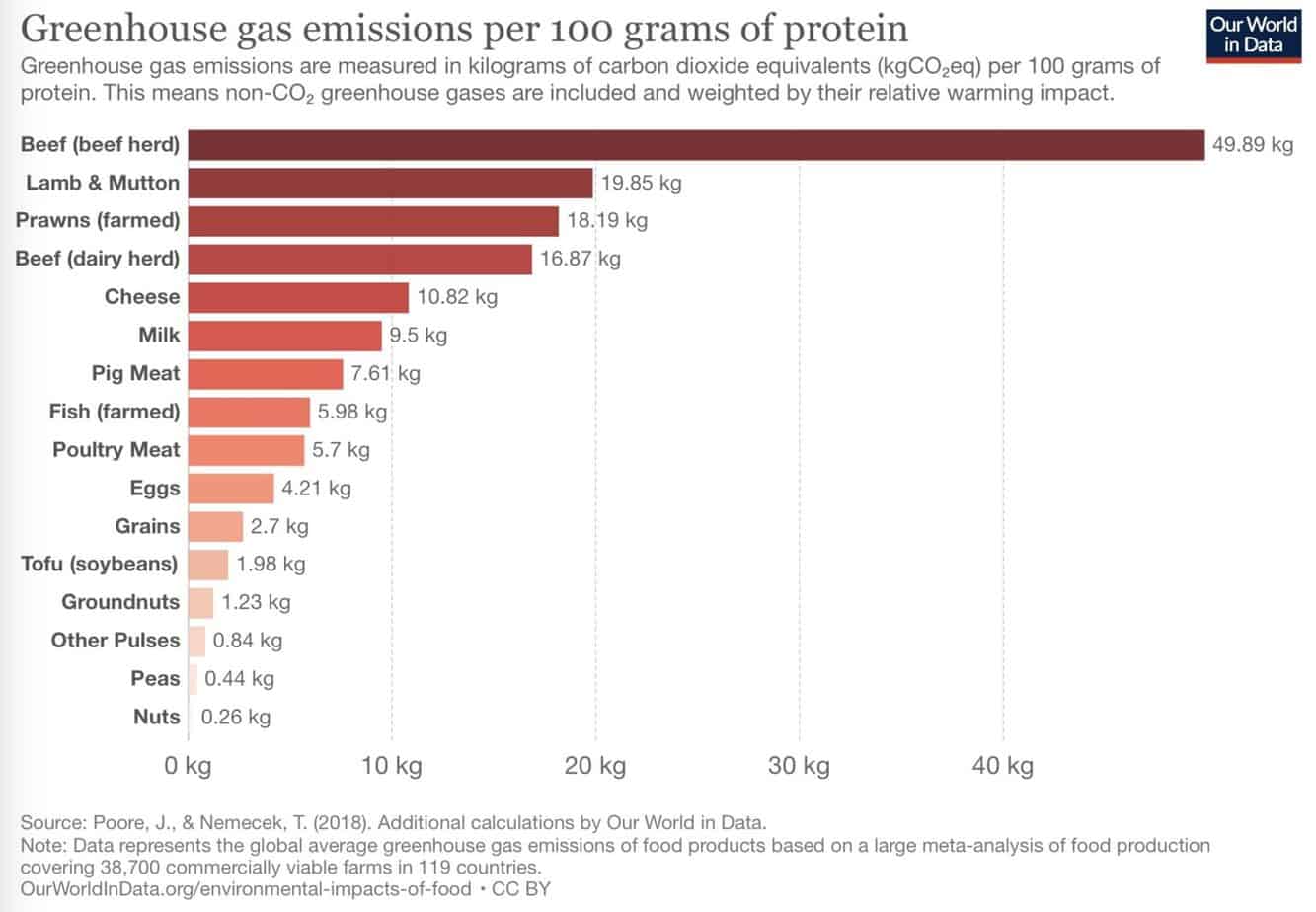Environmental Sustainability
Water Savvy
Pulses consume a tenth of the water used by other sources of protein
They are capable of extracting water from a shallower depth, leaving more water deep in the soil for other crops, which makes them well-adapted for drought-prone areas. They are also a water efficient ingredient, for example, it takes only 1250 L of water to produce 1 kg of pulses compared to 13000 L water to produce the same amount of beef.


Healthy Soil
Pulses support a healthy and diverse farm system
Pulse crops grow well in many parts of the world. They are a nitrogen-fixing plant that enriches the soil by leaving behind essential nutrients including nitrogen and beneficial microbes for the next crop. Because they increase soil fertility, pulses are an essential element in regenerative agriculture.
Low Carbon Footprint
Greenhouse gas emissions from crop production are largely caused by nitrogen fertilizers
Pulses require less nitrogen fertilizers because they fix nitrogen from the air and into the soil.
85 million ha of pulse crops globally add 3-6 million tons of nitrogen to soils.


